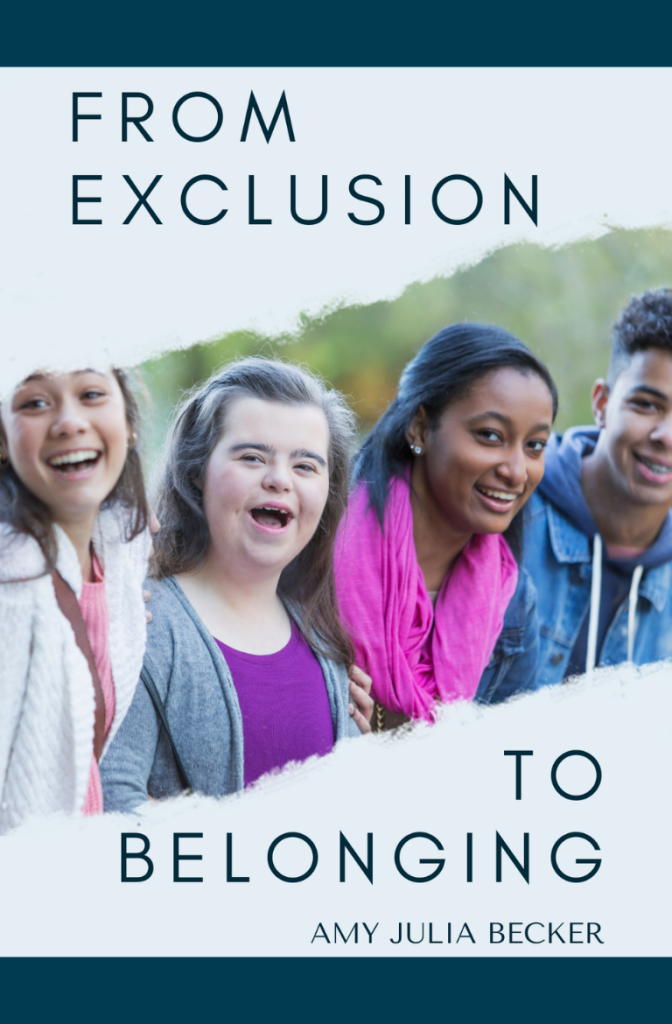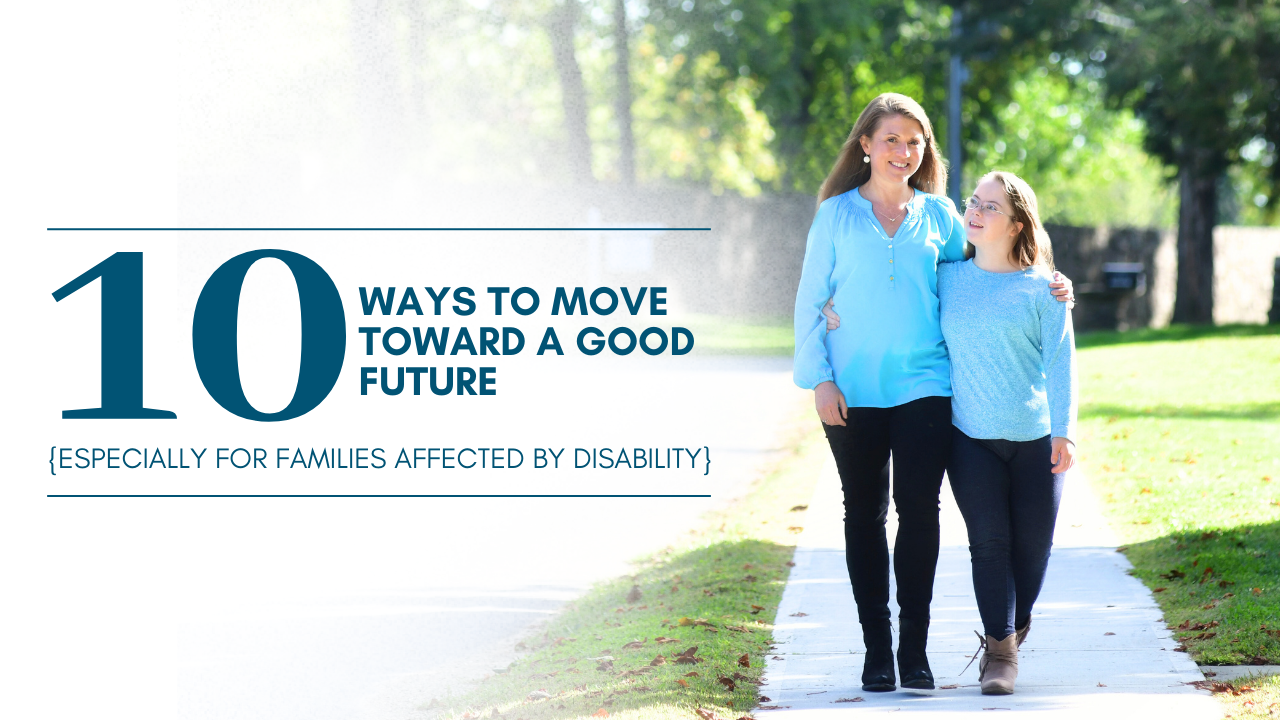How do you know if your community is a place of belonging?
Professor Erik Carter has articulated ten “dimensions of belonging.” He created this model for churches to assess whether their congregations truly provided a place where people with disabilities experienced belonging.
BECOMING A CULTURE OF BELONGING:
I’ve adapted Carter’s model by adding questions to help you address areas where you could grow in creating spaces of welcome. (I’ve kept the questions focused on people with disabilities, but you could also consider whether other marginalized groups of people are welcomed and included in your community.)
Present:
Are there adults with disabilities in your community? Children? Do they attend/participate regularly?
Invited:
Have you reached out—individually or collectively—to people with disabilities to let them know they are welcome?
Welcomed:
When people with disabilities enter your building/space, what type of welcome do they receive? What does the architecture of the space communicate? What do your programs assume about ability? What does the teaching/preaching communicate about disability?
Known:
Are people with disabilities in your community known by name? Do they serve in ministry or leadership roles?
Accepted:
Are people with disabilities expected to conform to social norms? Are there accommodations you could make to communicate greater acceptance?
Supported:
What are the needs of the people with disabilities in your community? Financial, social, spiritual, physical? How do you support those needs?
Cared For:
Are people with disabilities offered compassion and practical care?
Befriended:
Do people with disabilities have meaningful and reciprocal friendships within your community?
Needed:
Do people with disabilities know they belong within your community? Do they have opportunities to serve and minister to others?
Loved:
Are people with disabilities integral to the life of your community? Do they know they are valued? Would you notice if they were not present? What would be missing?
More with Amy Julia:
- Resources on Inclusion and Belonging
- S6 E3 | Down Syndrome and Belonging with Heather Avis
- A Glimpse of Belonging at the Beginning of Down Syndrome Awareness Month
If you haven’t already, you can subscribe to receive regular updates and news. You can also follow me on Facebook, Instagram, Twitter, Pinterest, YouTube, and Goodreads, and you can subscribe to my Love Is Stronger Than Fear podcast on your favorite podcast platform.




